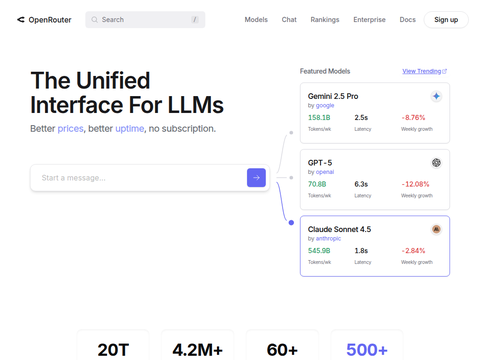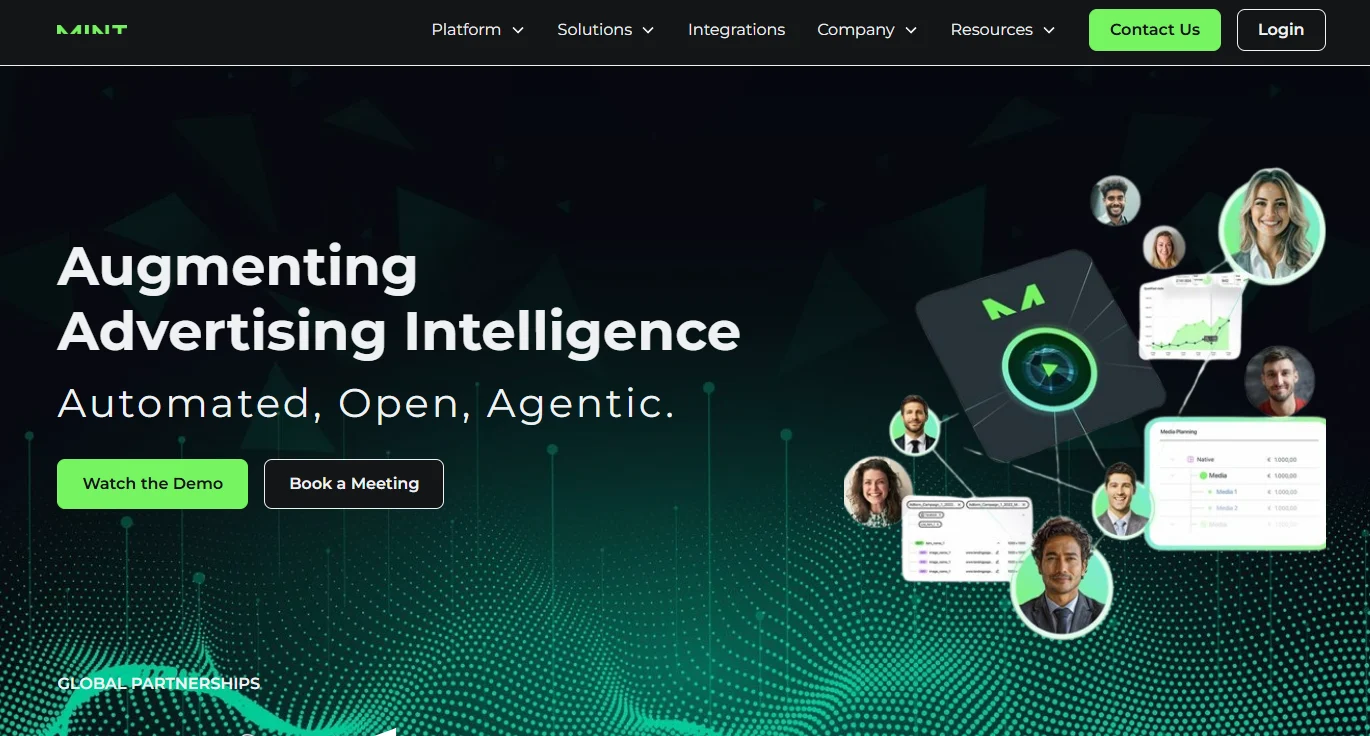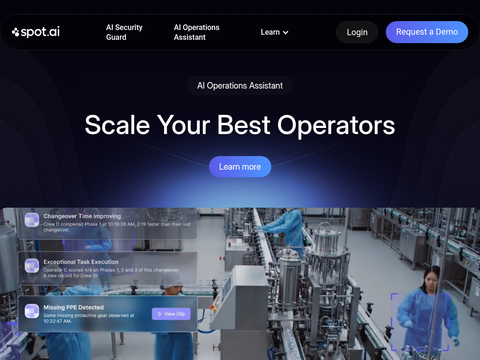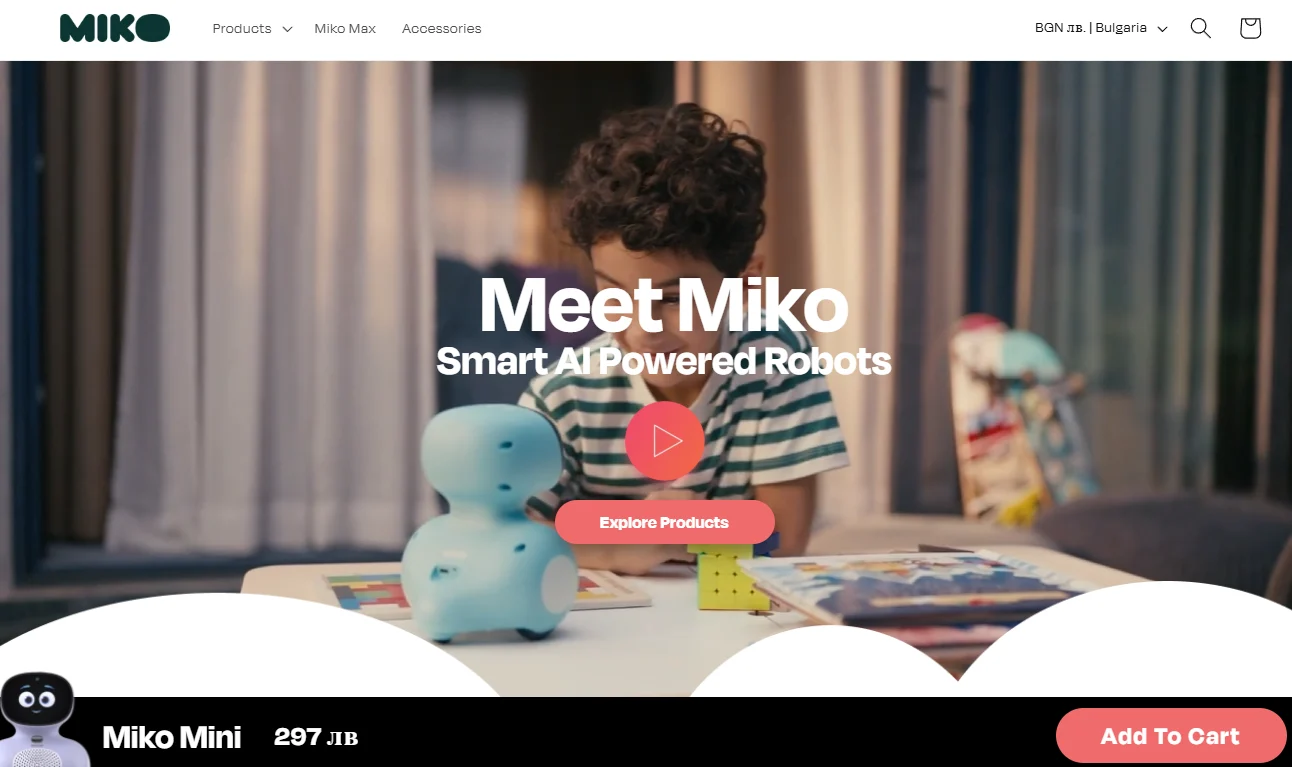As leading AI companies encounter escalating challenges in developing new and more powerful large language models (LLMs), a surge of rumors and reports has been emerging. Consequently, there is a growing industry focus on alternatives to the "Transformer" architecture. Initially introduced by Google researchers in their groundbreaking 2017 paper "Attention Is All You Need," the Transformer remains the foundational technology driving the current generative AI boom.
The Transformer is a deep learning neural network architecture designed to handle sequential data, such as text or time series information.
Recently, Liquid AI, a startup originating from the Massachusetts Institute of Technology (MIT), has introduced the STAR (Synthesis of Tailored Architectures) framework, aimed at automating the generation and optimization of AI model architectures.
The STAR framework utilizes evolutionary algorithms and numerical encoding systems to address the complex challenge of balancing quality and efficiency in deep learning models.
The research team at Liquid AI, comprising Armin W. Thomas, Rom Parnichkun, Alexander Amini, Stefano Massaroli, and Michael Poli, posits that STAR represents a shift from traditional architecture design methodologies.
Unlike traditional methods that rely on manual adjustments or predefined templates, STAR employs hierarchical encoding techniques—the "STAR genome"—to explore a vast potential architecture design space.
These genomes facilitate iterative optimization processes such as recombination and mutation, enabling STAR to synthesize and refine architectures tailored to specific metrics and hardware requirements.
Liquid AI initially focuses on applying STAR to autoregressive language modeling, a domain traditionally dominated by the Transformer architecture.
During their research, the Liquid AI team demonstrated STAR's capability to generate architectures that consistently outperform highly optimized Transformer++ and hybrid models in terms of performance.
For instance, when optimizing for quality and cache size, STAR-evolved architectures achieved up to a 37% reduction in cache size compared to hybrid models and a 90% reduction compared to Transformers. Despite these efficiency gains, the models generated by STAR maintained or exceeded the predictive performance of their counterparts.
Similarly, in tasks optimizing model quality and size, STAR reduced the number of parameters by up to 13%, while enhancing performance in standard benchmark tests.
The study also underscores STAR's scalability. A STAR-evolved model expanded from 125 million parameters to 1 billion parameters significantly reduced inference cache requirements while delivering results comparable to or better than existing Transformer++ and hybrid models.
Liquid AI states that STAR is grounded in a design theory that integrates principles from dynamical systems, signal processing, and numerical linear algebra.
This foundational approach enables the team to develop a universal computational unit search space, encompassing components such as attention mechanisms, recursion, and convolution.
A notable feature of STAR is its modularity, allowing the framework to encode and optimize architectures across multiple hierarchical levels. This capability offers insights into recurring design patterns and allows researchers to identify effective combinations of architectural components.
Looking ahead, STAR's ability to synthesize efficient, high-performance architectures holds potential applications beyond language modeling. Liquid AI envisions the framework addressing critical challenges where balancing quality and computational efficiency is essential across various domains.
Although Liquid AI has not yet disclosed specific plans for commercial deployment or pricing, the research achievements signify a major advancement in the field of automated architecture design. For researchers and developers aiming to optimize AI systems, STAR could serve as a powerful tool to push the boundaries of model performance and efficiency.
Liquid AI has adopted an open research approach, publishing all details of STAR in peer-reviewed papers to encourage collaboration and further innovation. As the AI field continues to evolve, frameworks like STAR are poised to play a pivotal role in shaping the next generation of intelligent systems.








